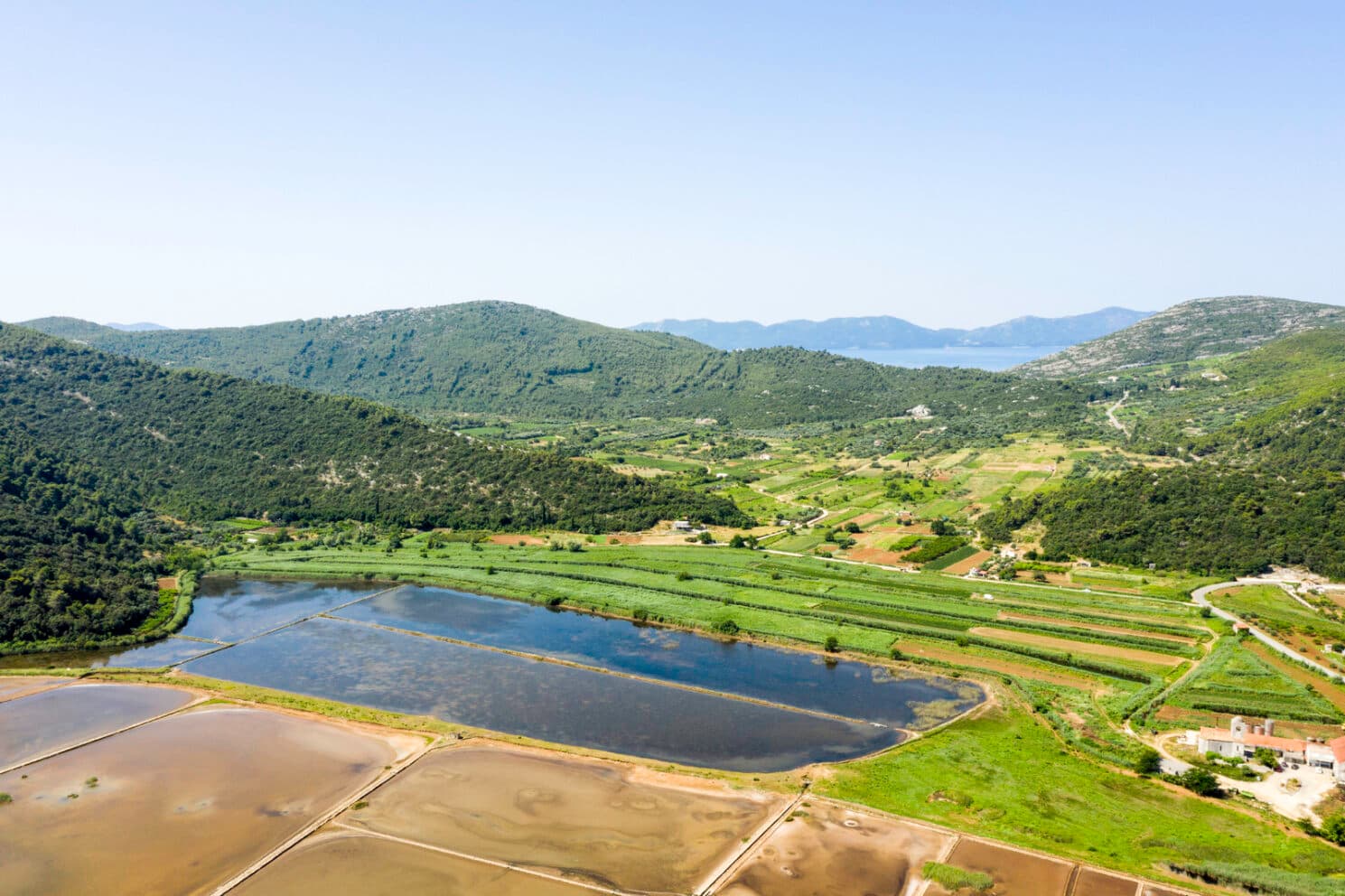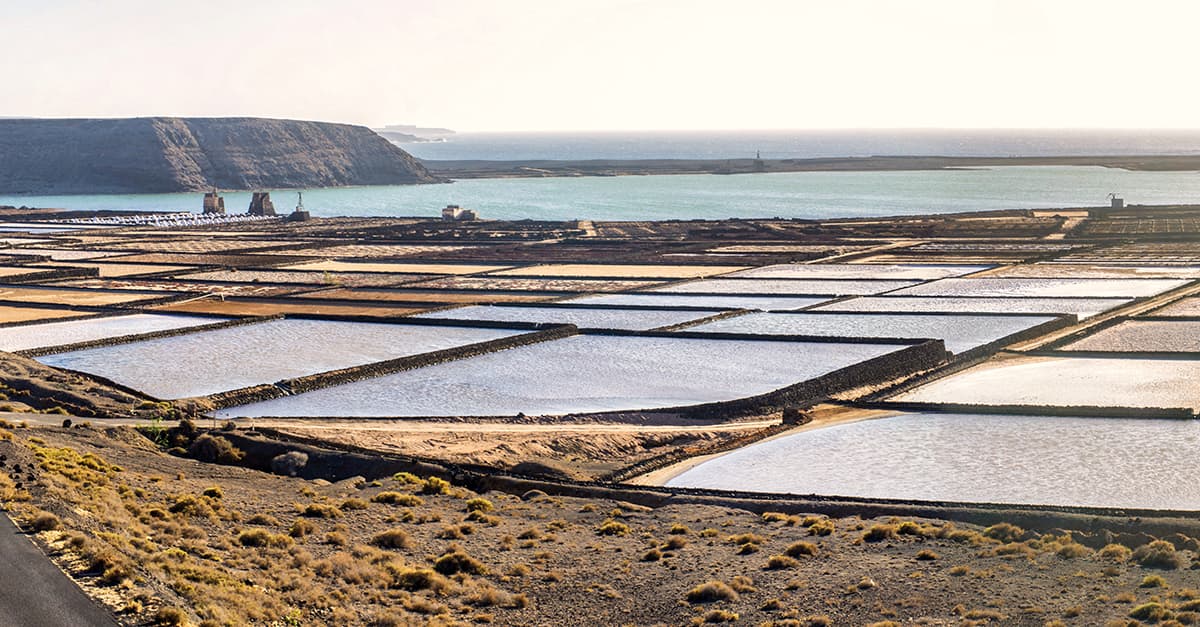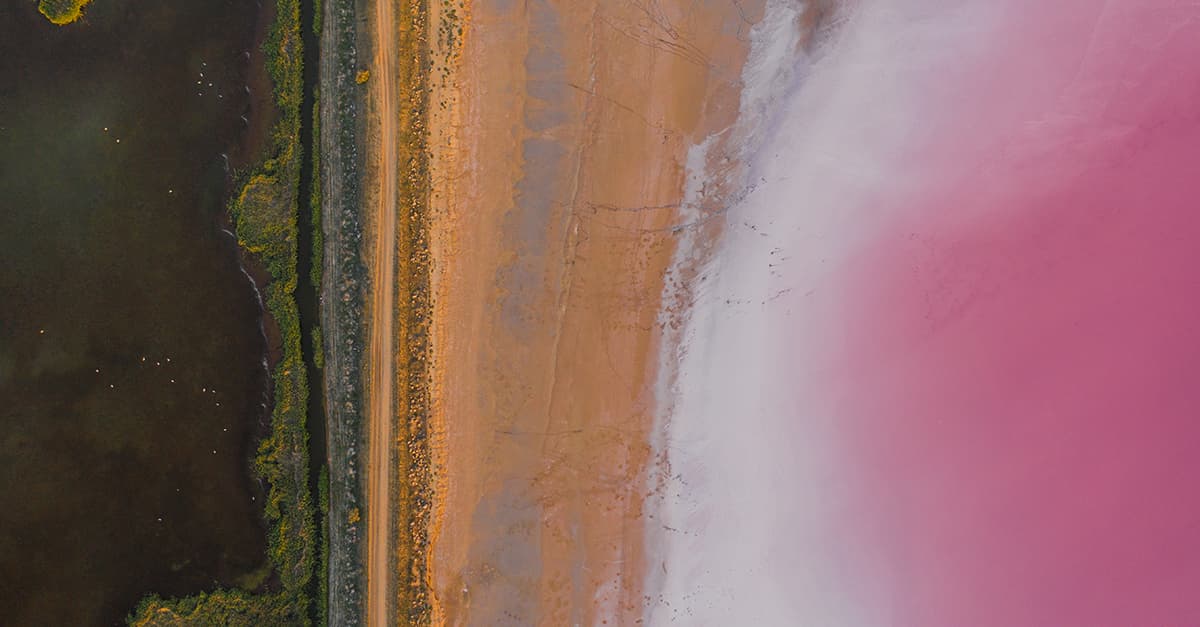


As a vital part of a landfill, tailings dam or wastewater treatment facility geomembranes provide a barrier between your waste and the environment. It is important to perform proper geomembrane quality management to ensure that your liner is performing to the highest standards possible and will continue to do so for years to come. There are several ways to perform proper geomembrane quality management to ensure that you have an adequate quality management strategy in place.
First, it is important to have a qualified team in place to install your liner. This team should have experience in installing geomembrane liners and should follow all manufacturer instructions. Once your liner is installed, you should regularly check it for any damage or wear.
A sound quality management strategy starts right in the beginning of a project planning phase. Generally, geomembrane quality management is divided into two sections:
Construction Quality Control (CQC)
Construction Quality Assurance (CQA)

CQC is normally performed by the installer, and a proper recording log should be kept to ensure traceability. This includes proper checking of the welding parameters, and the frequency of the checks. A detailed procedure for sampling for further CQA checks needs to be in place, and a well-laid testing program will pay particular attention to the seams in the geomembrane. The testing program should include non-destructive and destructive testing:
Non-destructive testing including air pressure test (for fusion seams) and vacuum test (for extrusion seams)
Destructive testing including seam peel and shear strength.
Having a proper CQC helps to check the quality of the installed material and a CQA ensures proper post-installation quality.
CQA is generally performed by a third party. It is important that these measures are taken to assess if the installer or the contractor has complied with the plans and specifications for the project. Electrical leak location surveys (ELLS) can be used to detect leaks on both exposed and covered geomembranes, to test that the geomembrane remains functioning to high standards throughout its lifespan.
Exposed geomembranes can also be checked by using spark testing, unique to conductive geomembrane or water puddle/lance method and arc testing.
Covered geomembranes can be tested by using the dipole method on both soil or water covers.
Forget, Rollin & Jacquelin (2005) mentioned that projects using rigorous CQA programs had very low leak densities (an average of 4 leaks/hectare) whereas those without rigorous CQA program had a much higher leak density (an average of 22 leaks/hectare).
Both CQC and CQA complement each other, giving a better assurance to the successful completion of the project.

Solmax’s Leak Location® Conductive Suite is designed specifically to improve the efficiency of CQA by:
Having a conductive layer built into the geomembrane (intimate contact)
Having an Iso-wedge for better seam isolation to prevent false positive
Having a spark tester specifically for our material
Geomembrane quality management is important to ensure the longevity and effectiveness of the material. By performing regular inspections, using appropriate materials and installation methods, and maintaining proper records, you can extend the life of your geomembrane and avoid costly repairs or replacements.